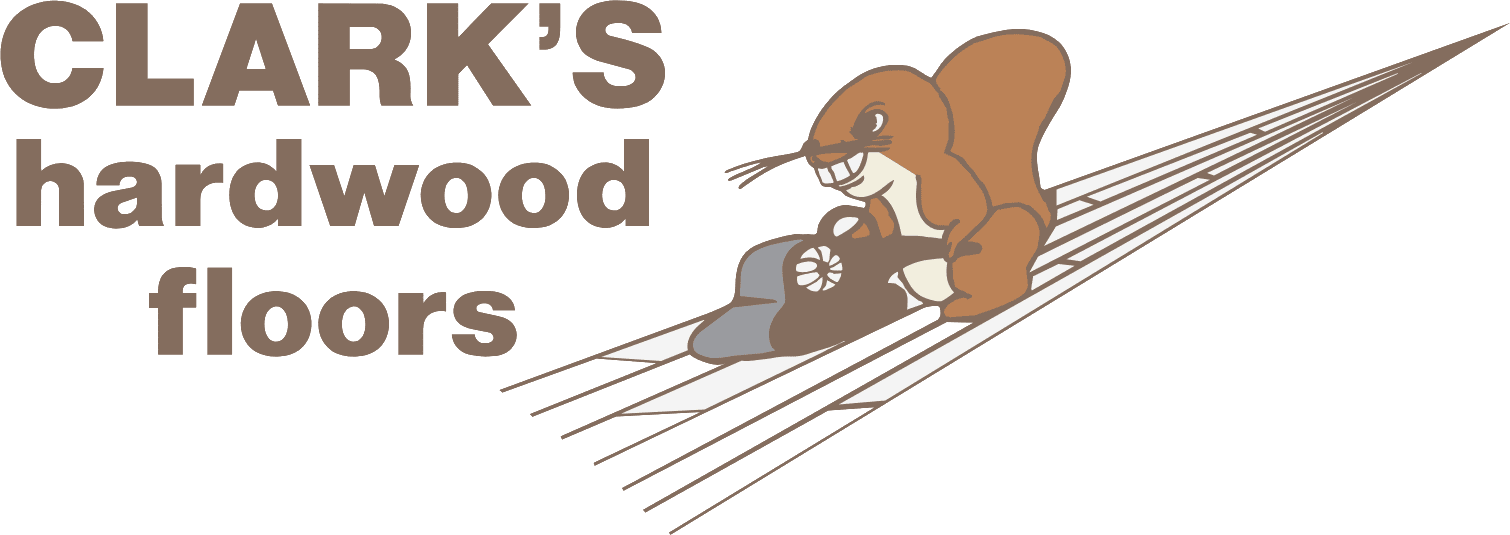Hardwood floors add a timeless elegance to your home, but the tale they tell over time may sometimes be marred by unsightly scratches. Whether from the paws of your beloved pets, the moving legs of furniture, or simply the wear and tear of daily life, scratches can become an eyesore. This not only detracts from the aesthetic of your interior but can also compromise the integrity of the floor by allowing moisture and dirt to penetrate the wood.
At Clark’s Hardwood Floors we know even the tiniest scratches can become a problem. So, in this guide, we’ll explore practical tips for identifying them, preventing further damage, and your options for fixing them, whether through a DIY approach or with the help of our professional services, if you live in the San Jose area or nearby. The key priority is restoring the luster of your floors back to their original glory.
Identifying Scratches on Your Hardwood Floors
Light Surface Scratches
Deep Gouges
Patterned or Wide Scratches
Causes of Hardwood Floor Scratches
- Pets: The claws of dogs and cats, especially when they sprint or skid, can easily scratch the surface of hardwood floors.
- Furniture: Moving furniture without adequate protection, such as felt pads under the legs, can lead to deep scratches and gouges.
- Foot Traffic: High heels or shoes with damaged soles can press debris against the floor, causing scratches. The more traffic an area receives, the higher the risk.
- Debris and Grit: Small particles like sand or bits of gravel brought in from outside can act like sandpaper underfoot, slowly wearing away the finish of your hardwood floors.
- Spills and Moisture: While not a direct cause of scratches, moisture can weaken the wood’s finish over time, making it more susceptible to scratching.
Hardwood Floor Care: Preventing Future Damage
Utilize Area Rugs and Mats
Furniture Pads and Protectors
Regular Cleaning and Maintenance
How to Fix a Scratch on Hardwood Floor? DIY Fixes for Minor Scratches
What You'll Need
- A soft, lint-free cloth
- Hardwood floor cleaner
- Wood putty (if necessary)
- Fine-grit sandpaper
- Wood finish restorer or wax
The Fix
- Begin by cleaning the scratches with a hardwood floor cleaner and a soft cloth to remove any dirt or debris.
- For deeper or more noticeable surface scratches, apply a small amount of wood putty that matches the color of your floor with a putty knife. Once it’s dry, sand it lightly with fine-grit sandpaper until it’s level with the floor.
- Apply a wood finish restorer or wax with a soft cloth to the scratched area, following the product instructions. This will help blend the finish and protect the spot from future damage.
How to Remove Scratches From Hardwood Floors? Professional Solutions for Deep Scratches
Call In Clark’s Hardwood Floors for Help
If the scratches are too deep to be removed with DIY methods, if you’re uncomfortable performing the repairs, or if the scratches are located in highly visible areas, it’s best to consult with our team of professionals. We offer:
- Full hardwood refinishing, which includes sanding and re-coating the entire floor to ensure a uniform appearance.
- Spot refinishing, which targets damaged areas using less invasive methods.
- Buffing and recoating, a less intensive process to rejuvenate the floor’s shine and appearance without the need for sanding.
Cost of Professional Repairs
Clark’s Hardwood Floors, serving the Campbell and San Jose areas, can not only repair your scratched floors but also offer refinishing and restoration services at competitive rates.
Contact Clark’s Hardwood Floors To Repair Scratches
Hardwood floor scratches are a common and fixable issue. With the right maintenance and care, you can keep your floors looking beautiful for years to come.
Remember, small fixes like tackling light scratches with DIY methods can go a long way, but for more serious damage, you may require professional help. In such cases, contact us so we can assess the situation and give you the best solution so your floor looks as good as new.
Lastly, continue to maintain your floors regularly to prevent new scratches from occurring. With these steps, your hardwood floors will remain a source of pride and beauty within your home.
